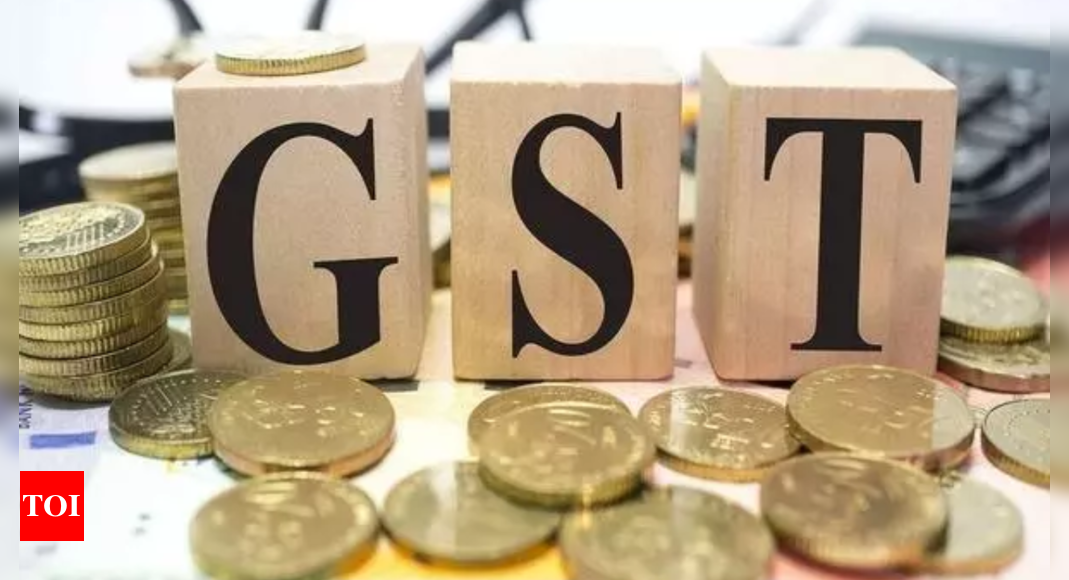
While industry has demanded that rationalisation, which will mean reworking of rates on various goods and services and also merging the four slabs on three, govt is not going to rush into any such exercise without a detailed analysis.A group of ministers had earlier looked at the issue but a decision on it has been pending for several months.
The broad assessment among industry players is that 12% and 18% slabs will be merged and a new 15-16% rate could emerge as the mid-rate, along with the 5% and 28% slabs. Given that several items will see an upward movement from the 12% slab, a political call needs to be taken. In fact, a few years ago some internal exercise had also been done in the finance ministry but Covid had upset all the calculations. Whenever the rate changes take place, which could be several months away, govt wants to avoid a situation where it is accused of being anti-consumer, while also ensuring that the exercise is revenue neutral to the extent possible.
As a result, a very preliminary internal assessment is being done to see how a change in the rate of items in these segments would impact revenue flow, especially when the weighted average rate worked out to 11.6% according to an analysis done by RBI a few years ago, against the proposed revenue neutral rate of 15-15.5% when GST was launched almost seven years ago.
But there is growing demand, and to an extent even realisation within a section of govt, that the rates on several items, such as insurance or telecom services should not be 18%, but lower. Or, for that matter even cement should not be in the 28% bracket, given that it is used for construction, which has been a key demand of the industry. But before item-wise rates are discussion, finance ministers from the states and the Centre need to take a call to move ahead with rationalisation.





